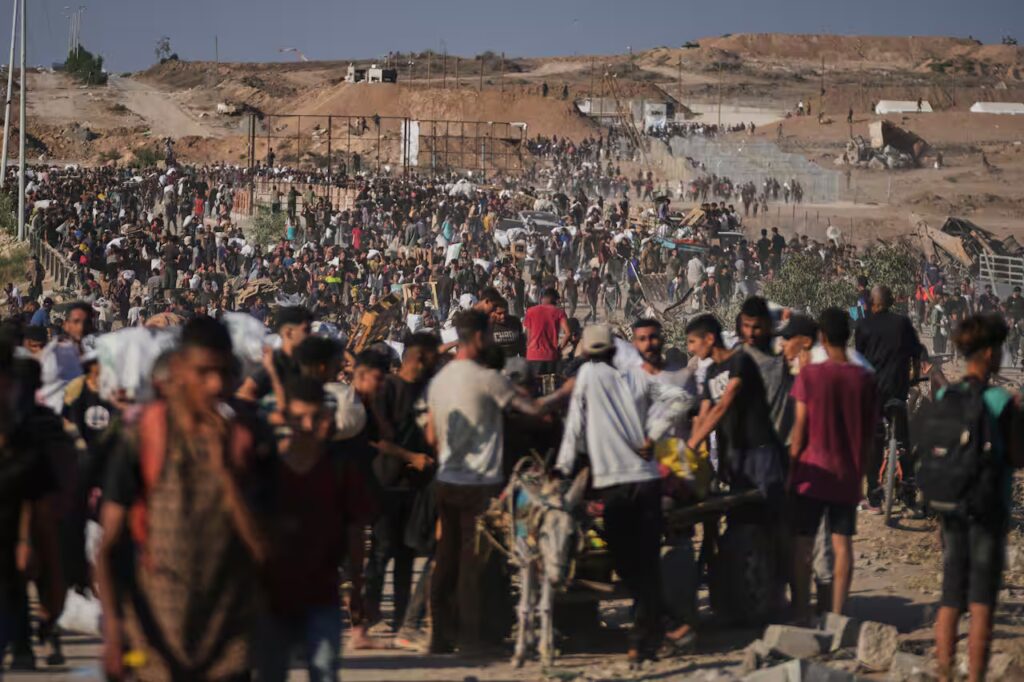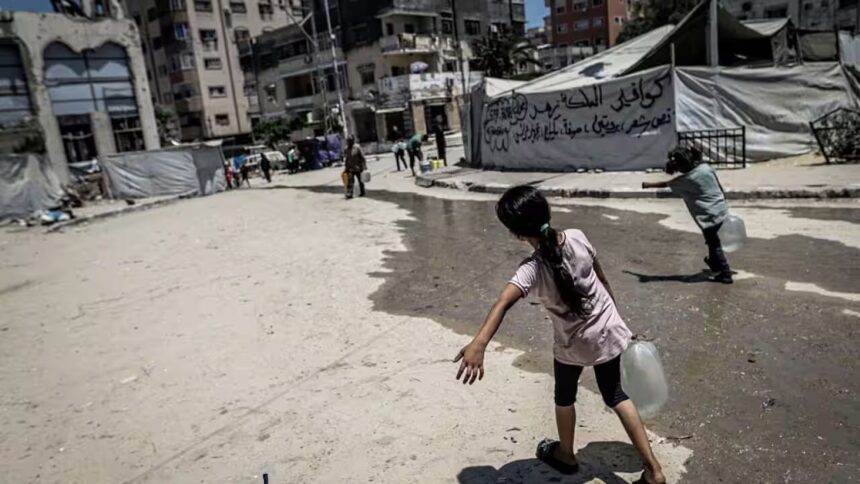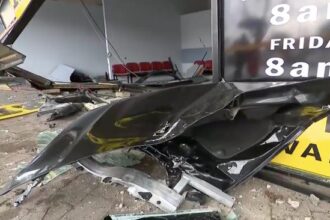Israeli Missile Strike on Gaza Water Point Leaves Children Dead
At least eight Palestinians, including six children, lost their lives when an Israeli missile struck a water distribution site in central Gaza on Sunday. According to Ahmed Abu Saifan, an emergency physician at Al-Awda Hospital, the attack in Nuseirat refugee camp also injured 17 others. The victims were attempting to collect water during a worsening humanitarian crisis.
Water shortages in Gaza have grown extreme due to ongoing fuel scarcities. These shortages have shut down critical desalination and sanitation facilities. As a result, residents rely heavily on local collection points, which now pose additional risks due to the conflict.
The Israeli military stated that the strike targeted an Islamic Jihad militant. However, a technical malfunction caused the missile to miss, hitting “dozens of metres from the target.”

More Civilian Deaths Reported Amid Escalating Gaza Violence
Later that day, another Israeli strike hit a marketplace in Gaza City, reportedly killing 12 more people. Among the victims was a prominent hospital consultant, Ahmad Qandil, according to Palestinian media. The Israeli military did not issue an immediate comment on the market attack.
Gaza’s health ministry reported over 58,000 deaths since October 2023. In the past 24 hours alone, 139 additional deaths have been confirmed. Over half of the total casualties are said to be women and children.
The humanitarian toll continues to rise, with aid groups unable to reach civilians safely. A UN report last week revealed that more than 600 people were killed while waiting for aid deliveries.
Ceasefire Hopes Fade as Civilian Crisis Grows
Ceasefire negotiations have stalled. Talks held in Doha around a proposed 60-day pause have not progressed. Both Palestinian and Israeli sources said the deal’s collapse stems from a dispute over Israeli military withdrawal terms. Prime Minister Benjamin Netanyahu reiterated Israel’s firm position, stating, “We will not back down from our demands – releasing all hostages, destroying Hamas, and preventing Gaza from becoming a threat again.”

Currently, at least 20 of the 50 remaining hostages in Gaza are believed to be alive. Plans to relocate hundreds of thousands of Gazans to Rafah as part of a proposed “humanitarian city” have drawn criticism. Israeli Defence Minister Israel Katz defended the idea, but Palestinians and international observers have warned of potential forced displacement.
A Palestinian source familiar with the talks confirmed Hamas rejected Israeli withdrawal maps. These maps would have left nearly 40% of Gaza, including all of Rafah, under Israeli control even during a ceasefire.
No Safe Haven for Civilians in Gaza
The conflict’s intensity has left nearly all of Gaza’s population displaced. Despite evacuation orders, civilians continue to die in areas considered “safe.” On Sunday, a missile struck a Gaza City home, killing a family that had relocated from southern areas.
“My aunt, her husband and the children, are gone. What is the fault of the children who died in an ugly bloody massacre at dawn?” said Anas Matar, standing in the rubble.
He added, “They came here, and they were hit. There is no safe place in Gaza.”






